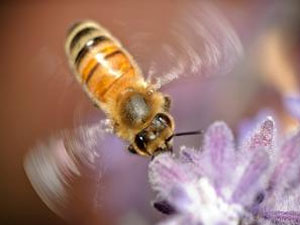Direct Chlorination of Carbon by Copper Chloride in a Thermal Process
时间:2009-04-06 阅读: 我要评论:
Abstract
A high concentration of chlorinated organic compounds such as dioxins, PCBs, and chlorobenzenes, etc., has been found in the fly ash of the postcombustion zone in a thermal process, i.e., waste incineration. The behavior of Cu and Cl in model fly ash was studied by using in situ X-ray absorption fine structure and diffraction technique using synchrotron radiation. Copper chloride changed its chemical state during rising temperature. These chemical states of copper played three types of roles: First, a two-step dechlorination at around 300 °C (the reduction of CuCl2 to CuCl) and 400 °C (the oxidation CuCl to CuO) and chlorination of the carbon matrix occurs. Chlorides from reduced copper chloride directly bonded aromatic or aliphatic carbon at the temperature that most of the chlorinated organic compounds formed. Second, catalyzed by CuO and CuCl, carbon gasification is promoted over 250 °C. Third, the formation of surface oxygen complexes may be catalyzed by CuCl at 300−350 °C. The control of copper may be important to reducing the formation of chlorinated organic compounds.
本栏目最近更新
特别声明:本文转载仅仅是出于传播信息的需要,版权归原作者所有,并不意味着代表本网站观点或证实其内容的真实性; 如其他媒体、网站或个人从本网站转载使用,须保留本网站注明的“来源”,并自负版权等法律责任; 作者如果不希望被转载或者联系转载稿费等事宜,请与我们接洽:service#environmentor.cn(请将#改为@)。
来源: 作者: (环境人 Environmentor.Cn)





